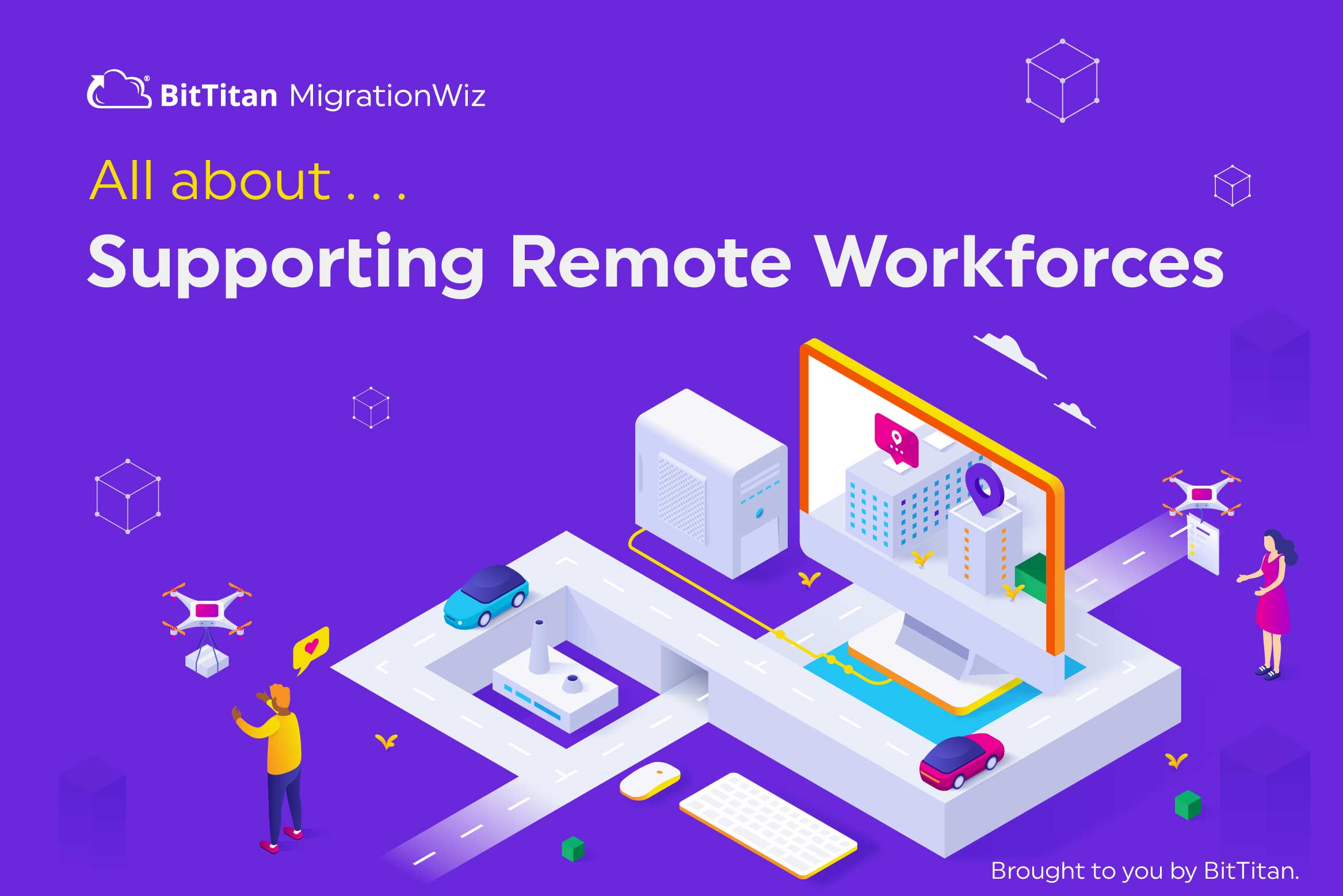Projecting the long-term impacts
A Gartner study of CFOs published in April 2020, after the pandemic had taken hold, found many making permanent plans related to remote work. Among the findings:
- 74% planned to shift at least 5% of their on-site workforce to permanent remote positions
- 25% planned to move at 20% of onsite employees to remote work
- 4% planned to leave half of their workers remote
- 13% stated that had made cost reductions in real estate expenses, while another 9% had plans to do so
- 20% are cutting on-premises technology spending, while 12% are planning it
Of course, not all workers are able to work remotely, such as those in highly regulated industries or high-security settings. Especially in government, healthcare, insurance and education, proprietary, legacy software systems are still in use and the only option is to deploy virtual desktop infrastructure with access secured by a VPN. Some tasks require access to highly specialized tools available only in a physical workplace. Moreover, paper files and records still exist, especially in some government organizations. And of course, entire industries such as on-site retail, warehousing, manufacturing and construction — among many others — require worker presence at the job sites, although some functions such as finance can be performed remotely.
Some changes have already happened.
Telehealth was much talked about prior to the epidemic, but uptake was slow until regulators saw the prospect of many, many sick people visiting clinics and spreading a highly contagious disease. Rules that restricted video services for persons on Medicare were relaxed.
Remote learning has always been in use, but as schools and universities were forced to turn to online learning options on a massive scale, they began teaching themselves how to make it work.
Virtual events as an option to in-person conferences were had been foretold. Many enterprises already limited travel and reined in spending for attending conferences. The pandemic put a stop to them altogether. While in-person events have always been valued for cementing relationships and exchanging ideas, virtual options could be an alternative and fundamentally impact a trillion-dollar industry.
The importance of the cloud office
Cloud office products play a major role in all of the above scenarios. What the COVID-19 pandemic showed us is that digital transformation is not a singular event in the lifetime of a business, but a continuum. Even among organizations that were well along in their digital transformation journey, the event was a catalyst that showed us that however far an organization has come, there is still much more to do.
Brought to you by BitTitan®. Helping IT service providers, and in-house IT teams migrate to the cloud for over a decade.



